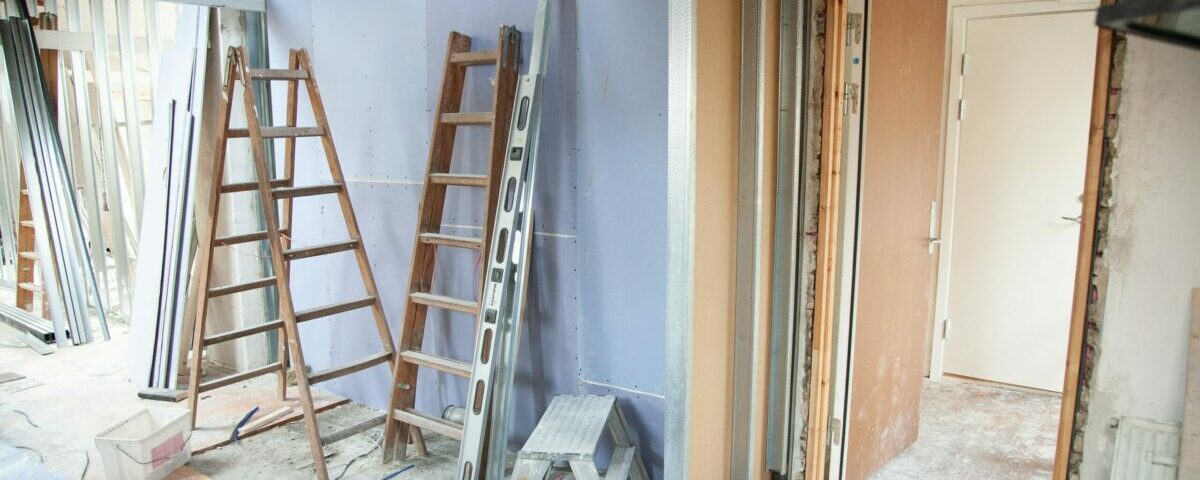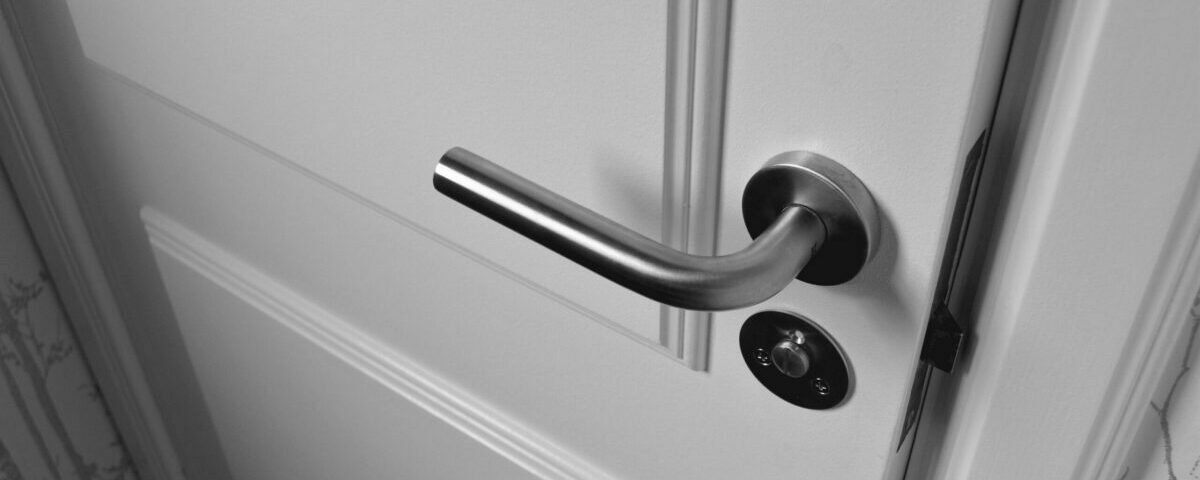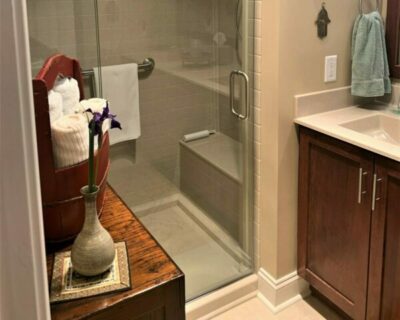Age in Place with These 4 Home Modifications
Similar Posts
As you age, your needs change, and the features and functions of your home may no longer suit your specific needs. If the idea of leaving behind the comfort and familiarity of home for an assisted living facility isn’t in your future, consider home alterations to make your space more accessible for you as you age in place.
If you are someone who is considering aging in place, we recommend speaking to a Certified Aging in Place Specialist. Seniors oftentimes find themselves overwhelmed and unable to manage essential home maintenance like routine cleaning or repairs due to mobility issues. Difficulty turning door knobs, entering and exiting the bathtub, climbing stairs, and lack of balance are just a few mobility challenges we face as we age. You’ve created more than a home over the years, countless memories, holidays, birthdays, and celebrations filled with friends and family. It’s always a difficult decision to decide whether to list your home or renovate, especially for seniors. If you are considering renovating but don’t know what’s possible with your space, we’ve compiled a few projects to inspire you.
1. Adding a First-floor Bedroom and Bathroom
Creating a space that accommodates your needs should be the priority. As you age, climbing the staircase multiple times each day can cause strain on your body, leaving you exhausted. Adding a bedroom and bathroom on the first floor can help reduce the number of trips up and down the stairs, saving you from fatigue and reducing the risk of falling. If you’re looking for smaller home alterations, installing a chair lift on stairs or adding an elevator can be an excellent way to help increase mobility around your space.
2. Widen Doorways to Accommodate a Wheelchair or Walker
Many seniors find themselves needing assistance walking whether that involves using a cane, walker, or wheelchair. With that said, your home must be equipped to handle these changes. For example, widening a door can make it easier to move from one room to another, and adjusting the heights of countertops and cabinets can help make your dishes and other necessities more accessible. With wheelchairs and walkers, uneven surfaces can also present challenges. Adding ramps in your home if you have steps can help you easily move around your space. We also recommend incorporating nonslip tape on any uneven surfaces or inclines to prevent falls.
3. Install Lever-Style Door Handles
Unfortunately, arthritis and other joint issues are very common in seniors. Joint pain can cause discomfort in our hands, making it difficult to open jars and turn door handles. Swapping out turn-style door handles for lever-style door handles can reduce the stress on finger and hand joints. Although this modification is more minor, it’s just one of the many changes you can make to your home to improve your quality of life and reduce discomfort as you age.
4. Swap out the Bathtub for a Walk-in Shower
For seniors, bathrooms can present a variety of hazards. Wet tiles and climbing in and out of a bathtub increase the chances of falling. Installing a walk-in shower can help prevent falls and reduce the chance of injury since there is no barrier or threshold to step over. Additionally, bathrooms oftentimes have tile floors, which can be unforgiving if slipped on. Swapping out tile for safer and softer alternatives like cork, vinyl, and rubber can help reduce injury in the case of a fall. Adding in smaller modifications like an anchored grab bar, rugs, and a nonslip shower mat are also great additions to make your bathroom safer and more accessible as you age.
Many of us spend the majority of our lives planning financially for retirement and place home accessibility modifications as a secondary priority. Modifying your home prior to retirement can help set you up to be more independent, safe, and comfortable in your space as you age.
Even if you don’t have your aging in place plan figured out now, it is important to consider certain adjustments you should make to your home before retirement. Not sure where to begin? As aging-in-place experts, we can guide you to determine the best home modification plan to make your space more adapted and personalized for you. Your home will be in excellent hands with our president, Greg Harris, who is Certified Aging In Place Specialist with CAPS I and CAPS II designations. Contact us with any questions or inquiries about renovating your home to seamlessly age in place.






